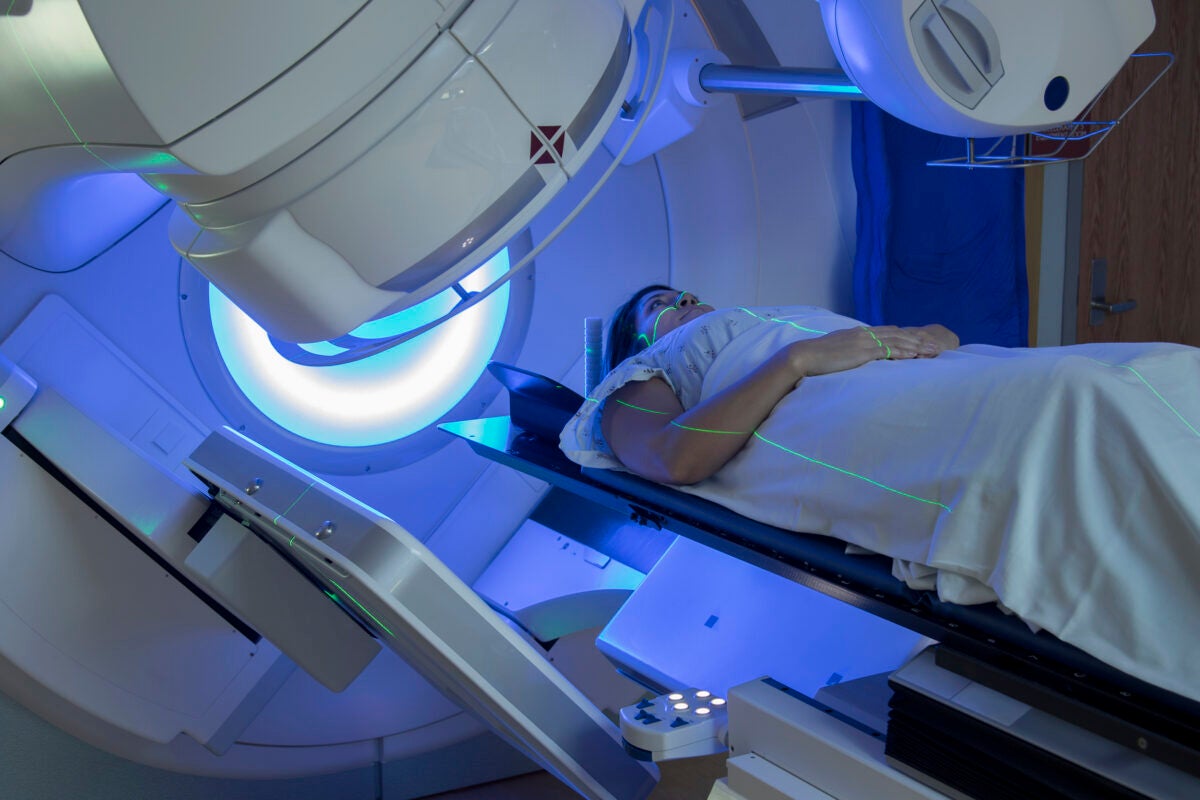Breast Cancer Stage 1: What Happens and Treatment
3 min read
The stages of cancer help determine whether the cancer is in its original location or how far it has progressed if it has spread to other body parts. Breast cancer has 4 stages.
In the first stage, the cancer is limited to a small area and hasn’t metastasised to other tissues or lymph nodes. In the second stage, the cancer hasn’t metastasised but has grown. In the third stage, cancer has possibly spread to other tissues or lymph nodes and grown larger. In the fourth stage, cancer has metastasised to distant areas or organs of the body.
The ongoing stage determines breast cancer symptoms and suitable treatment options. The scope of treatment is the maximum in the first stage. So, you can have higher chances of improving if cancer is detected and treated at this stage. The best gynaecologist in Delhi can educate you about that.
Here is all about what happens in the first stage of breast cancer and the available treatment options in this stage.
What Happens in Stage 1 of Breast Cancer?
In this stage, the surrounding breast tissue has been invaded by cancerous cells. The stage can be further divided into:
Stage 1A: The tumour is up to 2 cm in diameter and is contained in the breast.
Stage 1B: It’s called invasive breast cancer. There’s usually not a breast tumour but clustered cancer cells 0.2-2mm in diameter may develop in the lymph nodes. Sometimes, a 2 cm long tumour may form in the breast.
If this happens and the cancer is PR+ or ER+, a doctor might still call it Stage 1A cancer.
When cancer cells start spreading outside the lobule or milk duct lining, it’s called microscopic invasion. In this case, cancer may still be seen in stage 1, provided the cells measure up to 1mm.
Speak to the best gynaecologist in Delhi to know more about this.
Treatment for Stage 1 of Breast Cancer
Surgery
A mastectomy or lumpectomy is recommended for this stage. The most appropriate method is chosen based on the primary tumour’s location and size, the breast’s size, the person’s genetics, family history and other factors. A biopsy on the lymph nodes may also be performed.
Radiation Therapy
It’s a standard treatment for this stage. The decision to perform it depends on whether the cancer cells are in the lymph nodes, the tumour’s size, the person’s age and other factors.
Hormone Therapy
If the breast cancer is PR+ or ER+, hormone therapy may be recommended. It prevents oestrogen from fuelling cancer growth or getting attached to tissues or both.
Chemotherapy
Chemotherapy is recommended depending on the tumour’s size and hormone receptor status and how likely the cancer is to metastasise.
Targeted Therapy
If a patient’s breast cancer is HER2 positive, targeted therapy like Herceptin (trastuzumab) alone or together with chemotherapy may be recommended.
Dimpling of the skin, nipple discharge, redness/swelling of the breast, flattening/inversion of the nipple, changes to breast skin texture and a lump in the armpit/breast are some breast cancer symptoms in the early stages. If you have any of these symptoms, see the best gynaecologist in Delhi right away.




